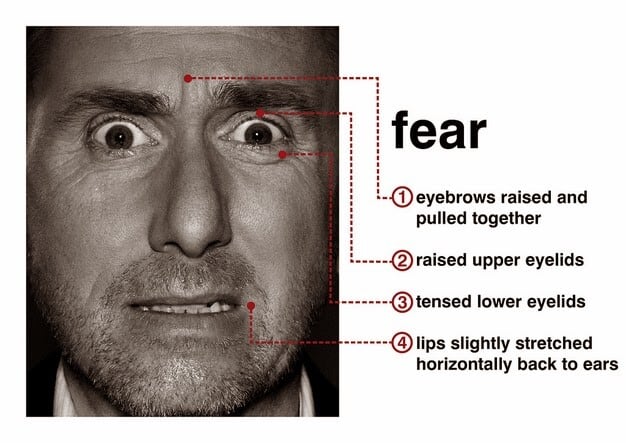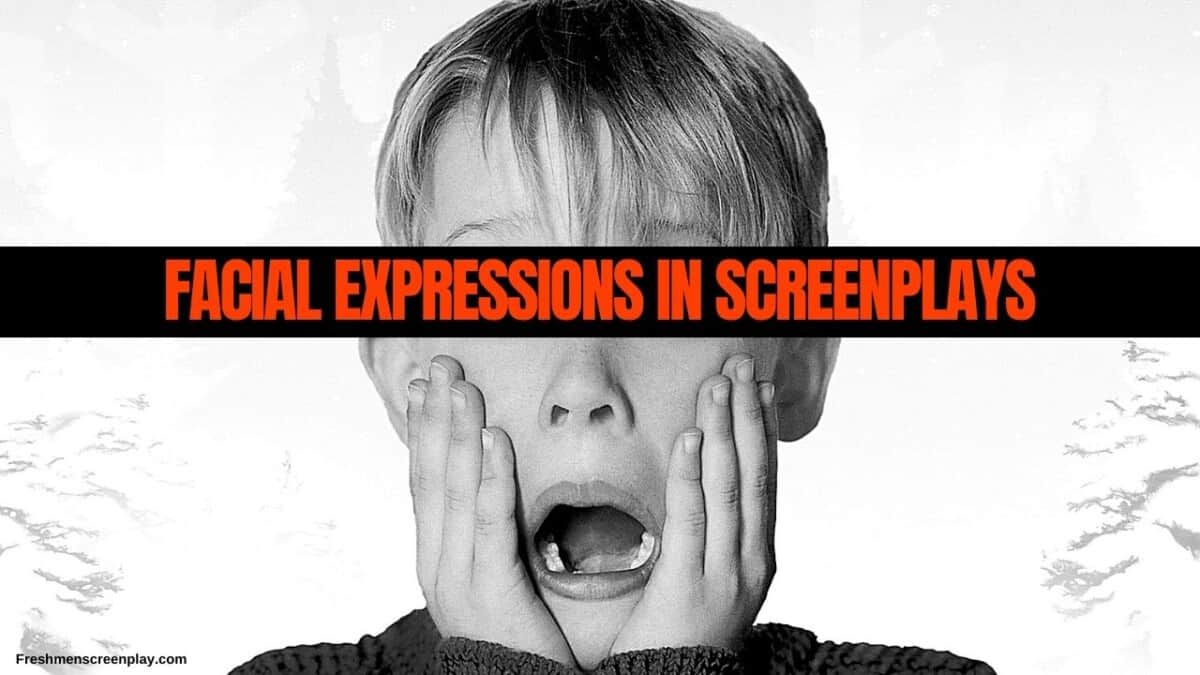After explaining emotions on this blog, I realized that there is more to them than that.
Facial expressions can have an impact.
How to write facial expressions in screenplays? You write facial expressions in a script by describing the emotional action associated with the facial expression you’re trying to portray.
Example:
Describing smiling.
Don’t write this:
Sarah smiles at John.
Write this:
Sarah glances up with a twinkle in her eyes.
Example 2:
Describing fear.
Don’t write this:
John runs with fear on his face. His eyes opened, His eyebrows winched.
Write this:
John scampers on all fours out the back door. He's panting, stumbles, and limps towards freedom. Constantly checking back wide-eyed for his capturer.
Notice the only indication of the face is the word wide-eyed. This is because, in screenplays, you want to show, not tell. And if you do tell, make the “tell” the part enhance the main point.
I do this by finding one small association I could point to the fear on a face. what’s the most prominent one on the image below? The eyes.

Then I take that and incorporate it somewhere amongst the action. I would never get too detailed It’s hard for the reader to understand what a raised eyebrow means.
In the example, I’m showing you a person in fear without telling you he’s afraid. His situation alone lets you know he’s afraid, enabling the reader to imagine the character’s face based on the situation.
It’s a bit much, I understand. It seems like it’s a long way around. Welcome to writing.
Why can’t you describe someone simply smiling or crying. Well you can
More ways of Describing facial Expressions in a Screenplay
A word of caution, using super simplistic facial expressions doesn’t show your talent as a writer and bores the reader.
But every once in a while, letting one of the following words slip through the cracks is fine.
- Smiles.
- Laughs.
- Crys.
- Anger.
- Pains.
I might have written smiles maybe once or twice in my last feature.
But why write that when you can write this:
- John gives a Hannibal Lecter grin.
- John covers his Hyena giggle.
- Sarah’s eyes water.
- John scowls.
- John grits his teeth.
Notice that they all include some sort of action. Action is what you need in describing facial expressions.
Ask yourself how your character is giving the facial expressions? How you can describe it so the reader can imagine it surprisingly.
This is the trick in screenwriting that takes your writing from amateur level to professional.
It’s all about the reader’s experience.
Why you don’t want to describe Facial Expressions in a Screenplay
As a new screenwriter, you have to remember they can’t see what you see in your head. So the trick is to send your image to their minds through words without being overly descriptive.
In other words, tell the story, don’t direct the story.
It’s the actor’s job to show the expressions on the character’s face. It’s your job to describe the sequence of events that lead to the end of a story.
Unless you’re writing a production-ready draft. Meaning your funding this, or a production company is paying you to write this for them. Stick to the story, not the direction of facial expressions.
Most if not all people reading this are writing spec-scripts. And this has to be stripped down to the most basic form.
Now its time to hear from you:
Did I miss anything?
What expression are you trying to describe?
Do you agree with the advice in the post?
Whatever your answer is, let’s hear it in the comments below.

